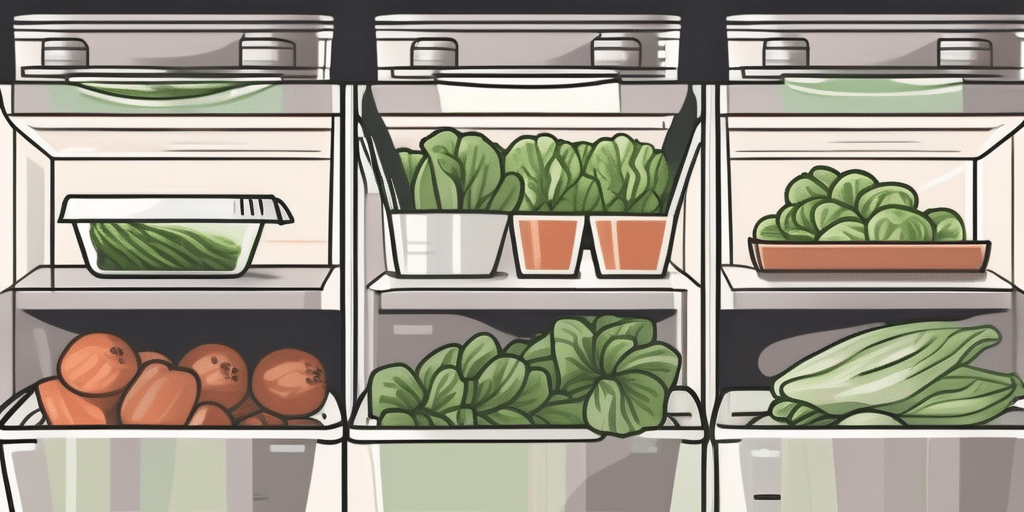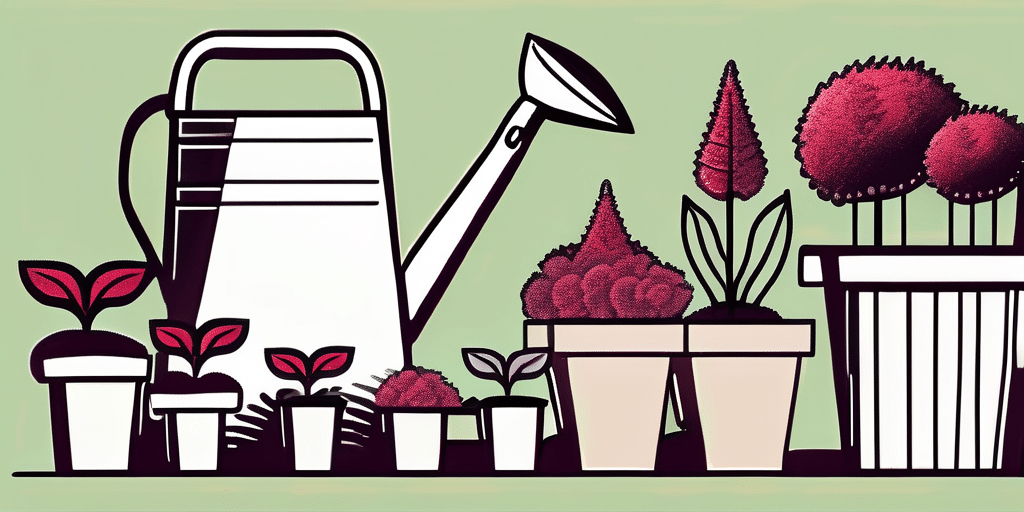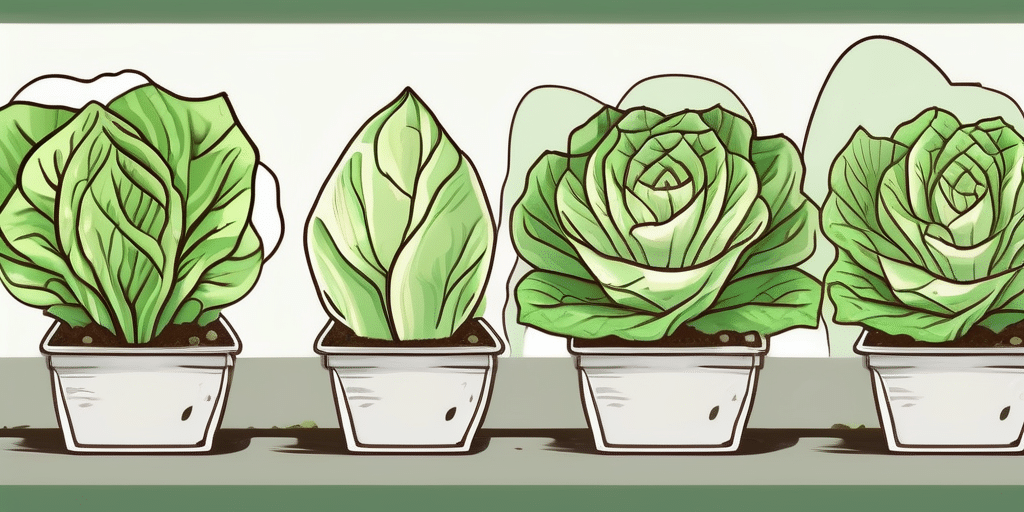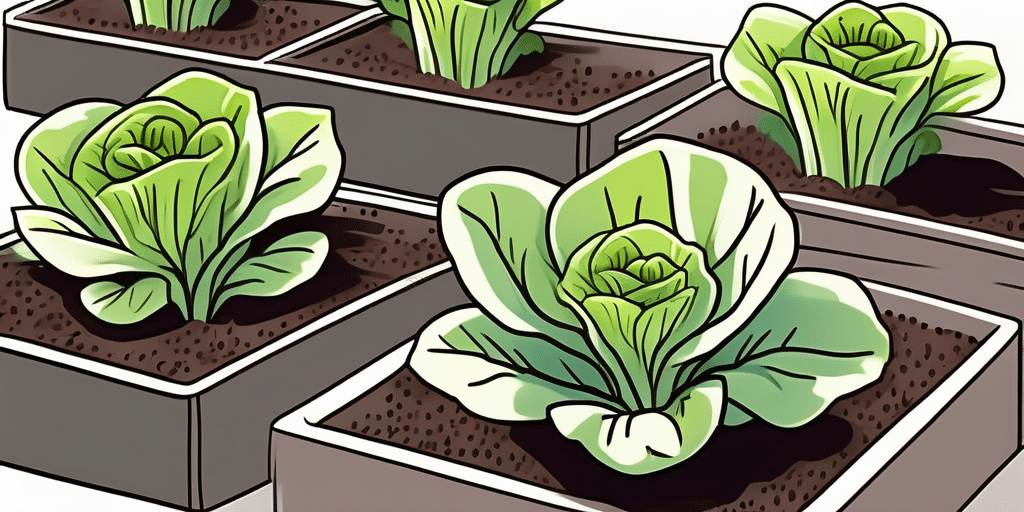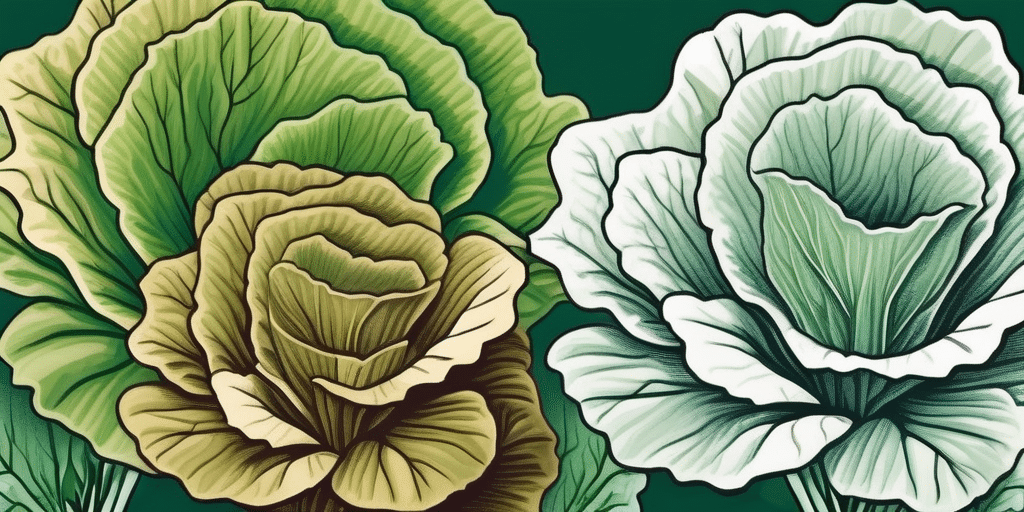Growing your own vegetables can be a rewarding and healthy endeavor. One of the easiest vegetables to grow indoors is the Sucrine lettuce. This type of lettuce, also known as “little gem” lettuce, is a small, sweet variety that’s perfect for salads and sandwiches. In this guide, we’ll walk you through the process of growing your own Sucrine lettuce indoors.
Understanding Sucrine Lettuce
Sucrine lettuce, scientifically known as Lactuca sativa, is a type of romaine lettuce that originated in France. It’s known for its sweet taste and crisp texture, making it a popular choice for salads. The leaves are typically dark green on the outside and lighter on the inside, with a slightly bitter taste that complements a variety of dishes.
According to the USDA, lettuce is a good source of vitamin A and potassium, making it a healthy addition to any diet. Additionally, because it’s a leafy green vegetable, it’s also high in dietary fiber, which can help improve digestion.
Benefits of Growing Lettuce Indoors
There are several benefits to growing your own lettuce indoors. First, you’ll have a fresh supply of lettuce year-round, regardless of the weather outside. This can be particularly beneficial in colder climates where outdoor gardening may not be possible for much of the year.
Second, growing your own lettuce can save you money. A packet of Sucrine lettuce seeds costs just a few dollars and can yield dozens of plants. Compare that to the cost of buying lettuce from the grocery store every week, and the savings can quickly add up.
Getting Started: What You’ll Need
Before you can start growing your own Sucrine lettuce, you’ll need a few basic supplies. These include:
- Seeds: You can buy Sucrine lettuce seeds online or at a local garden center. Make sure to buy from a reputable source to ensure the seeds are of good quality.
- Containers: You’ll need containers to plant the seeds in. These can be anything from traditional pots to recycled yogurt containers. Just make sure they have drainage holes in the bottom.
- Soil: Use a high-quality potting mix that’s designed for indoor plants. Avoid using garden soil, as it can contain pests and diseases.
- Light: Lettuce needs plenty of light to grow. If you don’t have a sunny window, you may need to invest in grow lights.
Step-by-Step Guide to Growing Sucrine Lettuce Indoors
Now that you have your supplies, it’s time to start growing your Sucrine lettuce. Follow these steps:
- Fill your containers with potting mix. Leave about an inch of space at the top.
- Plant the seeds. Place 2-3 seeds in each container, pushing them into the soil with your finger. They should be about 1/4 inch deep.
- Water the seeds. The soil should be moist, but not soaking wet.
- Place the containers in a sunny spot. If you’re using grow lights, set them up so they’re about 6 inches above the containers.
- Wait for the seeds to germinate. This should take about 7-10 days.
- Thin the seedlings. Once the seedlings have a couple of true leaves, thin them out so there’s only one plant per container.
- Keep the soil moist. Lettuce likes a lot of water, so check the soil daily and water as needed.
- Harvest the lettuce. You can start harvesting leaves as soon as they’re big enough to eat. Just be sure to leave the center of the plant intact so it can continue to produce new leaves.
Common Problems and Solutions
Like any indoor plant, Sucrine lettuce can be susceptible to a few common problems. Here are some issues you might encounter and how to solve them:
Poor Germination
If your seeds aren’t germinating, it could be due to a few factors. First, make sure the soil is warm enough. Lettuce seeds need a soil temperature of at least 40 degrees Fahrenheit to germinate. Second, make sure the soil is moist but not waterlogged. Too much water can cause the seeds to rot.
Leggy Seedlings
If your seedlings are tall and spindly, they’re probably not getting enough light. Move them to a sunnier spot or adjust your grow lights.
Pests
Indoor plants can still get pests. If you notice small bugs on your lettuce, you can treat them with an insecticidal soap. Be sure to check the undersides of the leaves, as that’s where pests often hide.
Conclusion
Growing your own Sucrine lettuce indoors can be a fun and rewarding project. Not only will you have a fresh supply of lettuce at your fingertips, but you’ll also save money and have the satisfaction of knowing exactly where your food came from. So why not give it a try? With a little bit of time and care, you’ll be enjoying your own homegrown lettuce in no time.
Join Our Green-Thumbed Community!
Ready to transform your indoor space into a lush garden oasis? Subscribe for free to How to Grow Everything and get exclusive access to expert tips that will help you grow not just Sucrine lettuce, but an array of plants to perfection. Tailored to your grow zone and experience level, our personalized advice ensures your garden thrives. Join our family of garden enthusiasts and receive the best gardening tips, special offers, and more – all delivered straight to your inbox. Happy gardening!

